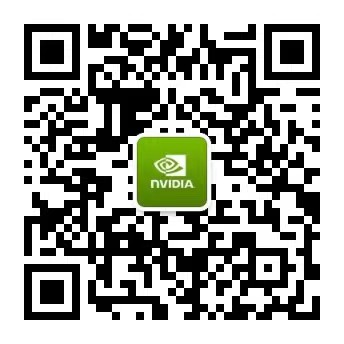NVIDIA-Certified Associate
Multimodal Generative AI
(NCA-GENM)
关于认证
NVIDIA-Certified Associate: Generative AI Multimodal (NCA-GENM) 认证,用于验证设计、实现和管理 AI 系统所需的基本技能,这些 AI 系统可以合成和解释文本、图像和音频模态的数据。
请在预约考试之前仔细阅读 NVIDIA 考试规则。
如有问题,请将详情发邮件至 dlichina@nvidia.com。
选择考试
考前学习指南
查看学习指南,详细了解考试所涵盖的各项技术主题的介绍和权重,以及考点相关的培训课程和阅读资料。
考试大纲
| 推荐培训课程 培训形式 | 培训时长 | 语言 | 费用 |
课程详情 | 25% 实验 |
20% 核心机器学习和人工智能知识 |
15% 多模态数据 |
15% 软件开发 |
10% 数据分析与可视化 |
10% 性能优化 |
5% 可信 AI |
|---|---|---|---|---|---|---|---|---|
您可任选一门: 深度学习基础——理论与实践入门 |
|
|||||||
您可任选一门: 构建基于 Transformer 的自然语言处理应用 |
|
|||||||
您可任选一门: 构建基于扩散模型的生成式 AI 应用 |
|
|||||||
使用多模态模型构建 AI 智能体 |
更多资源
- 通过双阶段生成模型实现高分辨率图像合成 (视频,35 分钟)
- 加速创意 AI – 在媒体和娱乐领域使用 NVIDIA 优化的图像生成技术 (在线研讨会,1 小时)
- 借助 NVIDIA ACE 微服务构建逼真的数字虚拟形象 (博客,15 分钟)
- 用于内容创作的生成式 AI 的未来 (视频,35 分钟)
